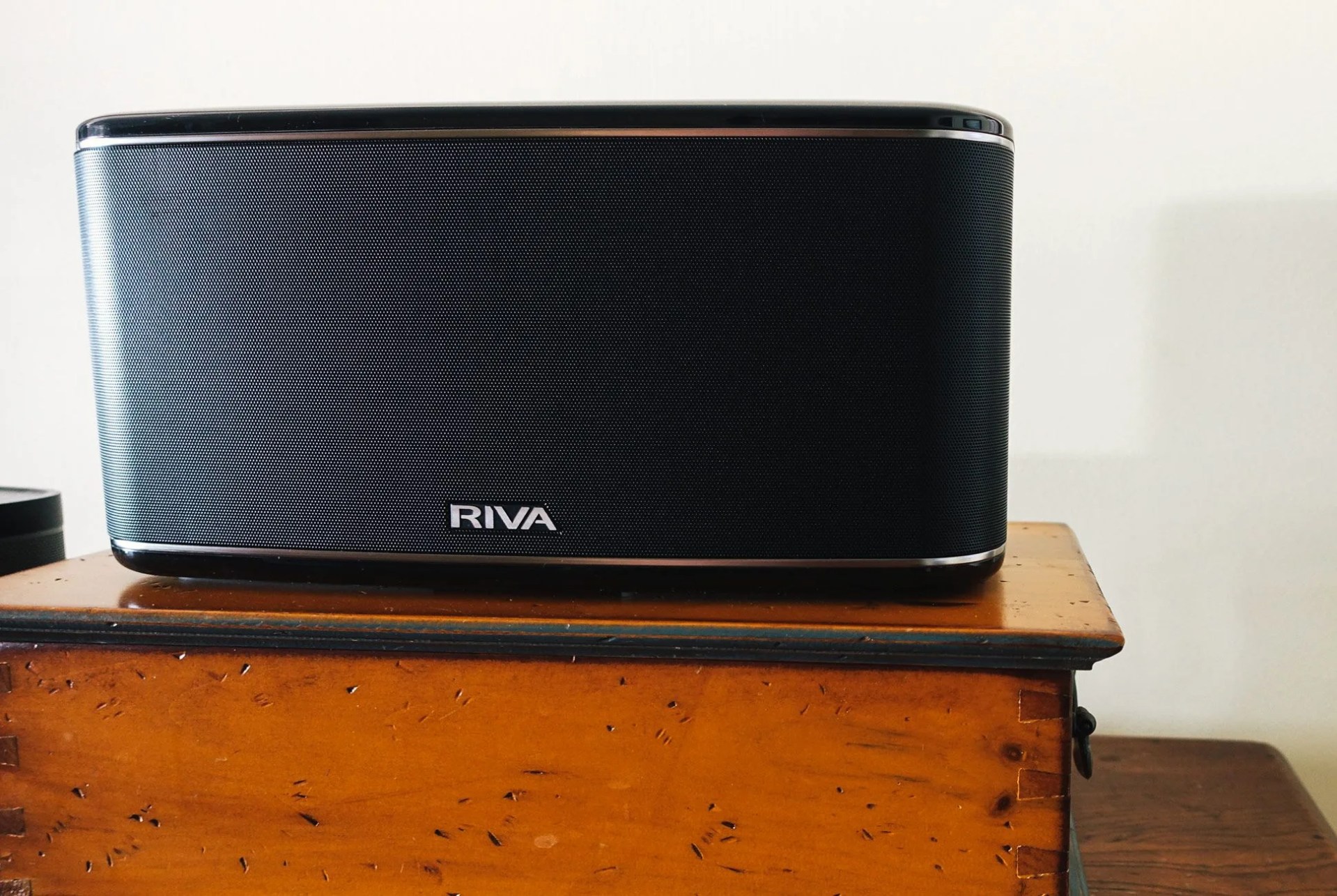Sonos rules the wireless multi-room speaker market with its excellent sound quality and so-simple-you-can’t-fuck-up app. Yet, in the past year or so there’s been a turning of the tide: Speakers that lack quality audio but have “smarts” — i.e., Amazon Echo or Google Home functionality — have become super popular. Everybody seems to be talking out loud to Alexa, Google or Siri, and they expect their devices to do so as well. Sonos speakers don’t do this (yet).
To compete in this brave new world of smart speakers, many high-end speaker companies are now making sure their speakers play well with others and work with other services. Phrases like “works with Alexa” or “works with Google Assistant” have become ubiquitous in product descriptions, and are as much of a selling point as sound quality. People want to be able to see a speaker and have it play something instantly. If it doesn’t work easily, they don’t have time for it.
Enter Riva Audio’s new Wand series. Its two speakers, the Riva Arena ($249) and Riva Festival ($499) — which are essentially Sonos Play:1 and Play:5 competitors, respectively — support almost everything: Spotify Connect, AirPlay, DLNA and Bluetooth.
Each speaker has built-in Chromecast, which is the only way it can be configured in a multi-room system, and has a headphone jack if you want to go the old-school route. Basically, you’ve got options. (Although they won’t connect with your Amazon Echo.)
Also, the Arena speaker can work as a portable Bluetooth speaker — which is neat — if you spend an additional $99 on a battery pack accessory. There are no LED lights on the battery accessory, unfortunately, so you need to open Riva’s companion app to check on its juice. Riva says the battery can power the speaker for around 20 hours.
The quality of Riva’s impressive new offerings extends beyond just connectivity, though — the sound is up there with the best of them. The brand makes some of the highest-rated Bluetooth speakers you’ll find, like the Riva S ($149) and the Turbo X ($209). And its parent company, ADX Audio, helps engineer the technology in high-end speakers and soundbars by Vizio, McIntosh and Sharp. If you’re curious about their guts, the Riva Festival has six custom woofers, six tweeters and four passive radiators; the smaller Arena speaker has three full-range drivers and three passive radiators.
What sets Riva’s speakers apart in terms of audio quality is ADX’s patented “Trillium” technology; it enables each speaker to create “virtual channels” so you’re essentially listening to stereo sound from one speaker. (You can find similar technology in other speakers by Yamaha and Mass Fidelity.) You can turn the Trillium feature off via the app if you’re not a fan. And like Sonos, you can designate one speaker as the left or right channel of a stereo pair.


